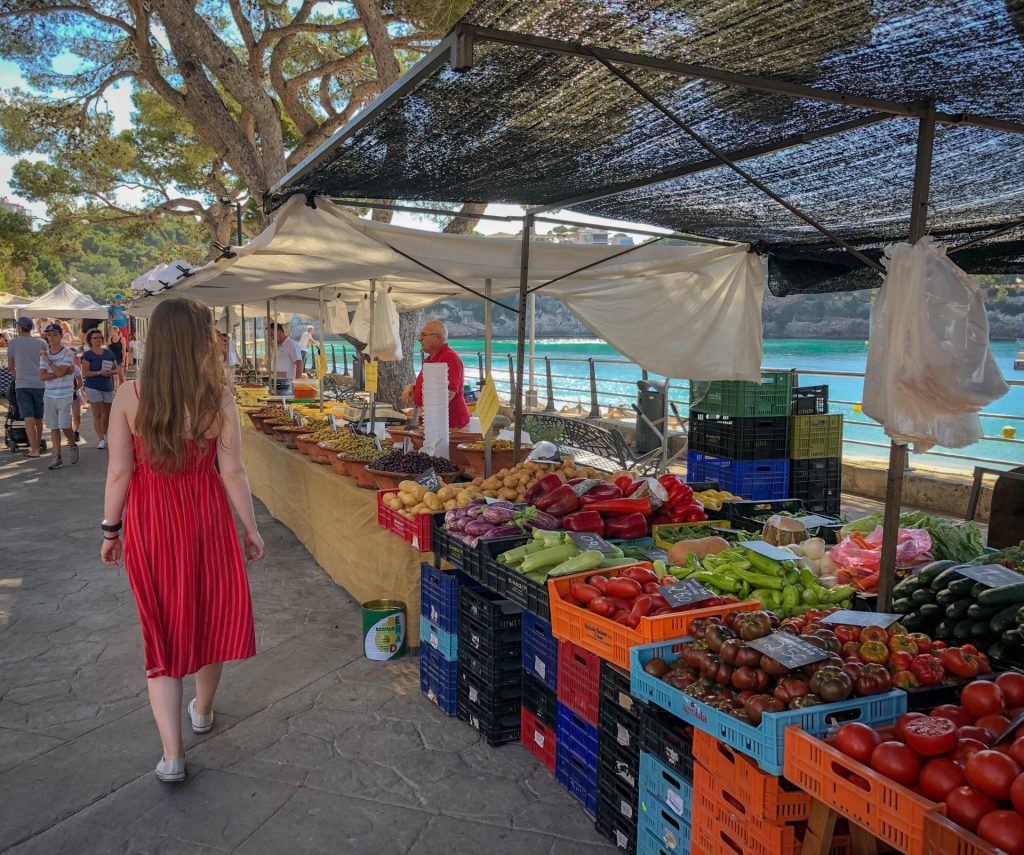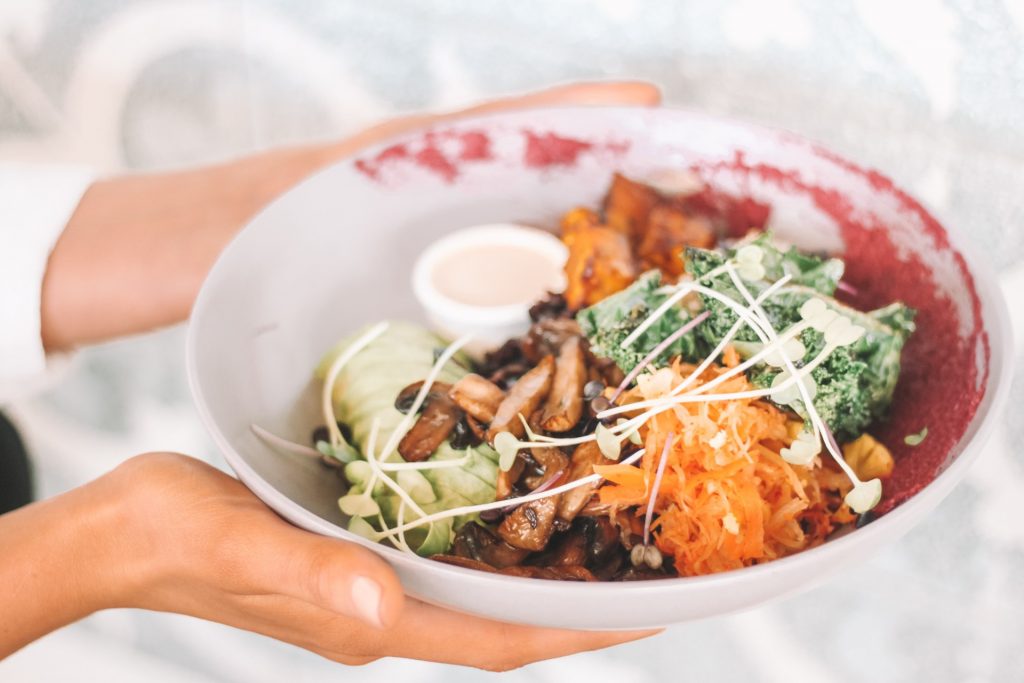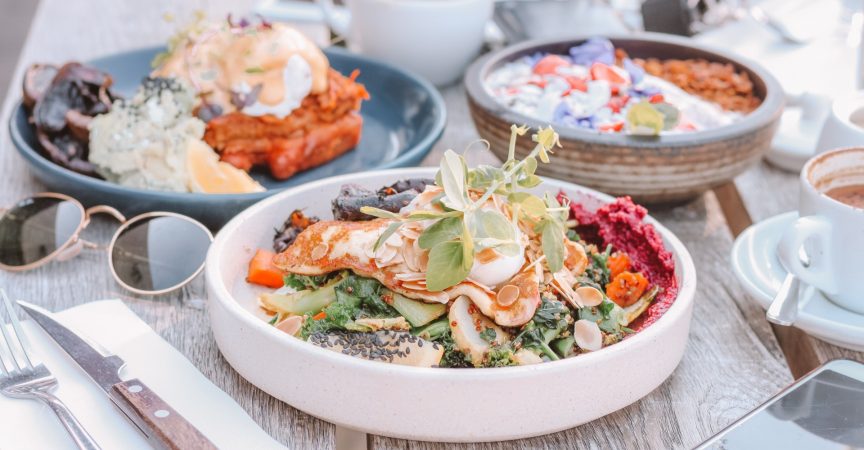Navigating COVID-19: What does the future hold for foodservice?
There is no denying that the foodservice and hospitality industry is going through incredibly challenging times. Restaurants Canada has estimated that 800,000 jobs have been lost in foodservice across the country. It’s important to focus on the fact that while these numbers are sobering, there is a ‘new normal’ on the other side of this and restaurants will be able to restart operations.
Right now, and going forward, the key to survival is adaption. And to adapt, you need to stay flexible – in your operations, your menu, your communications. I’ve seen some of my neighbourhood bistros make the operational pivot to takeout but then not have a website that is easy to update to communicate those changes. A lot of restaurants have beautiful websites that were built using a complex platform that cannot easily be updated internally. Take back control of your digital presence. It needs to effectively communicate but doesn’t need to look like a million bucks.
Chances are, that when we come out of this period of self-isolation, it will be in stages. Your menu, seating, and delivery options will need to evolve through those stages.
While there’s been a surge in at-home cooking, we hypothesize that consumers will become bored of their own kitchens and cooking. As an interim step to being fully operational, can you offer meal kits of your signature meals that consumers can assemble in their kitchens with their newfound cooking skills, alleviating their boredom with their own meals? Keeping in mind that government regulations have loosened to allow alcohol to be sold with takeout, consider offering alcohol pairings along with those meal kits.
There will also be stages of rising consumer confidence. I expect people to continue to stay close to home initially, especially if they continue to work from home more than pre-COVID-19. The importance of community support has shone through during this period. We want to support our neighbours and understand how connected we all are in a way we never have. During the last recession in 2008, we saw farmer’s markets start their current growth pattern after languishing for years. Why? People wanted to support their communities and neighbours after seeing the suffering. The same should follow with restaurants.

We’ve also seen support for smaller craft producers over “Big Food” over the past decade. That pendulum has swung back recently as bigger players have stronger supply chains and deeper pockets to weather the storm. But I expect the pendulum to swing back at some point. If you are a chain restaurant, you may want to put more of a local human face forward and start featuring your franchisees and founders in your marketing communications.
Once we start venturing out further than our driveways, there should be a continued boom in hyper-local as we support our neighbourhoods and restaurants that we saw suffer so badly. In order to take advantage of that groundswell, make sure you also join your BIA. Remember to emphasize your restaurant’s story. What was your inspiration? Why do you want to spend your life feeding people? How do you treat your staff?
Some restaurants have been offering pop-up general stores, utilizing their supply chain (see Freshii Essentials https://www.freshii.com/ca/en-ca/essentials, Earls). Post-crisis, can you continue to support your small farmers and vendors in this way, by showcasing and telling their stories as well? As Hugh Fearnley-Whittingstall said, “Nothing tastes as good as food served with a good story”.
Trust and transparency will be critical in getting diners back into brick and mortar locations. We’ve talked about “made matters” for years now and that’s going to continue – consumers increasingly want to know where their food comes from and who makes, grows, raises, and prepares it. This transparency could even be leveraged in a menu item costing. The average consumer has no idea how slim the margins are in foodservice. Consider a visual showing what portion of their bill goes to rent and utilities, labour, equipment, food costs, and in some cases delivery fees.
And
speaking of menus, many of us are stress and comfort eating at home right now.
Coming out, we may see an increased interest in ‘healthier’ or lighter options.
Adding to this, consumers may wish to see immune-boosting ingredients leveraged
on menus. As you reopen, ensure that your menu addresses these concerns as you
work to attract diners make into your operations.

What flexibility should you build into your physical space? Should you downsize your front of house so you can prioritize delivery and take-out? We’ve seen the rise of ghost kitchens and we’ve also seen Starbucks’ latest no-seating, grab & go pickup 93-square-metre location in the usually high traffic Toronto PATH location. How should you reconfigure for this new digital age? The pre-COVID trend to take-out and delivery will continue.
But what about family-style dining or communal tables? How will this experience shape how diners wish to interact and eat with others? Should you have fewer tables, giving more space in between? Should you kill that buffet or self-serve section? We don’t have a crystal ball, and we can’t definitively answer these questions, but these are important concerns to consider and think about as you move forward and pivot business models.
Disposable spending may take a hit as our economy recovers from the COVID-19 pandemic. Tourism may change, and this may result in a boosted attraction to domestic travel. When building out a strategy for the future, think especially as consumers feel safer travelling domestically. How can you promote your operation using a culinary tourism strategy?
What this crisis has shown us, more than anything, is that we can only overcome obstacles when we work together. This crisis has a human face. It’s the grocery store workers checking us out, the healthcare professionals taking care of us, the scientists working to find solutions, the foodservice employees serving us, and those of us staying home in quarantine. Coming together, each doing out part is the only way that we will overcome this challenging time. We are stronger, together.









